6 Tips for Successful Virtual Assistants: From Organization to Relationship Building
As the world becomes increasingly digitized, virtual assistants are becoming popular for people seeking help with their tasks. To effectively and efficiently complete your clients' work as a virtual assistant, you must possess the appropriate skills and techniques. Doing so can help your clients increase their productivity and save time. In this blog post, we present six tips for virtual assistants to achieve success.
1. Be Organized
Your clients are relying on you to manage their schedules, emails, and other tasks, and you must be able to keep track of everything to ensure nothing falls through the cracks. A system is vital to staying on top of your workload and delivering high-quality client work.
To start, you can create a to-do list of all the tasks that need to be completed for the day or week to help you prioritize your work and ensure you are completing the most important tasks first. A calendar is also a must-have tool for virtual assistants to help you track deadlines and appointments, and Google Calendar and Outlook are great options.
Project management tools, such as Trello or Asana, can also be helpful. These tools allow you to create tasks, assign due dates, and track progress all in one place, which can help you stay organized and meet client expectations.
Another important aspect of an organized virtual assistant is keeping track of client communications. You should have a system for managing emails, whether using labels, filters, or a separate inbox for each client, to stay on top of critical communications and respond to your clients promptly.
2. Communicate Effectively
Your clients are entrusting you with their tasks, and you must keep them informed and updated on the progress of their work. Effective communication ensures you and your clients are on the same page and meeting their expectations.
Being responsive to emails and messages is critical, which means checking your email regularly throughout the day and responding promptly to any client inquiries or requests. It is important to set clear expectations with your clients regarding your response time and consistently meet those expectations.
In addition to being responsive, keeping your clients updated on the progress of their tasks is essential. Do this through regular check-ins, progress reports, or status updates. You should also be transparent about any issues or delays and let your clients know immediately, allowing them to adjust their expectations and plan accordingly.
When there may be a delay or issue with a task, it is vital to communicate proactively and let your client know before they have to ask about the task's status. Please provide a clear explanation of the issue or delay and a plan for resolving it.
In addition to email and messaging, virtual assistants should also be comfortable with other forms of communication, such as phone calls, video conferencing, and instant messaging. Communicating effectively using different tools allows you to tailor your communication to your client's preferences.
Effective communication involves more than just responding promptly and providing updates. It also involves active listening and asking clarifying questions to ensure you fully understand your client's needs and preferences and deliver work that meets their expectations.
3. Set Clear Boundaries
As a virtual assistant, balancing work and personal life can be challenging, especially when working from home. Without clear boundaries, it can be easy to get overwhelmed with work and neglect personal responsibilities. Setting clear boundaries is crucial to maintain a healthy work-life balance and avoid burnout.
To manage client expectations and avoid being constantly on call, set specific working hours and communicate this to your clients. Also, communicate availability outside of working hours for urgent matters or emergencies.
In addition to setting specific working hours, limiting the number of hours you work each day is essential. Working too many hours can lead to burnout and negatively impact your productivity. Being realistic about how much work you can handle and communicating this to your clients is vital.
It is also essential to set clear boundaries around the type of work you want so you don't overextend or compromise the quality of your work.
Finally, remember to set boundaries around your personal life and communicate this to your clients when unavailable due to personal commitments. Doing so helps manage their expectations and ensures you can handle work when you are supposed to be taking time off.
4. Be Proactive
Anticipating your client's needs and suggesting new ideas or strategies can make you an indispensable asset. Understand their goals, pain points, and challenges to identify areas where you can add value proactively—for instance, recommending a tool to streamline workflows or proposing a marketing strategy to reach new customers. Suggesting new ideas demonstrates your expertise and commitment to helping your clients succeed.
Identifying potential problems or issues before they arise is another way to be proactive. If you notice a project is running behind schedule, proactively communicate this to your client and suggest solutions to get back on track. Doing this demonstrates your ability to anticipate your client's needs and manage their projects more effectively.
Lastly, take the initiative to learn new skills and stay up to date with industry trends and best practices so you can offer your clients the latest and most effective solutions to their challenges. By staying ahead of the curve and continuously learning, you can position yourself as valuable and indispensable to your clients.
5. Be Tech-Savvy
As a virtual assistant, you will use various tools and platforms to manage and communicate with your clients' tasks. Being comfortable with technology allows you to manage tasks more efficiently and effectively and offers the latest and most effective solutions to client challenges.
Project management software is a great tool to help you manage your clients' tasks, assign due dates, and track progress all in one place. Examples of project management software include Trello, Asana, and Basecamp. Project management software can help you follow all the tasks that need to be completed, prioritize them, and complete them on time.
Email tools are also essential, and you should be comfortable using email clients like Gmail or Outlook and be familiar with email management tools like filters and labels. Email tools help you efficiently manage your client's communications, ensuring you get all important messages and deadlines.
In addition to email, communication tools like Slack or Zoom can benefit virtual assistants. Being comfortable with these communication tools can help you stay connected with your clients and ensure you can address any questions or concerns they may have promptly.
Other technology tools you can use include time-tracking software, invoicing software, social media management tools, and content management systems. Being comfortable with these tools can help you manage your clients' tasks more efficiently and ensure you deliver high-quality work.
6. Build Relationships
When you build a strong relationship with your clients, you can establish trust, understand their needs more deeply, and become a valuable part of their team.
A critical aspect of building strong relationships with your clients is communication. Regular check-ins ensure you meet their needs and that clients are satisfied with your work. Regular contact also allows you to provide updates on their tasks, which helps to keep them informed and engaged in the process.
In addition to communication, being responsive to client needs is another critical aspect of relationships, which means responding promptly to requests and going the extra mile to ensure their satisfaction. When you are responsive to your client's needs, you demonstrate you are committed to their success, which helps to build trust and confidence.
Being proactive is also crucial to building relationships. Doing so means identifying areas where you can add value and offering suggestions or recommendations to help your clients achieve their goals. You demonstrate your expertise and commitment to your client's success by suggesting new ideas or strategies.
Finally, building solid relationships with your clients involves being personable and easy to work with--this means being friendly, approachable, and attentive to their needs. Being personable and easy to work with creates a positive environment fostering open communication and collaboration.
In summary, becoming a successful virtual assistant requires organization, communication, setting boundaries, being proactive, tech-savvy, building relationships, staying up-to-date, and continuous learning. By following these six tips, you can become a precious asset to your clients and achieve success in your virtual assistant career.
Interested in working with us as a virtual assistant? Check out our opening on our job board today.




